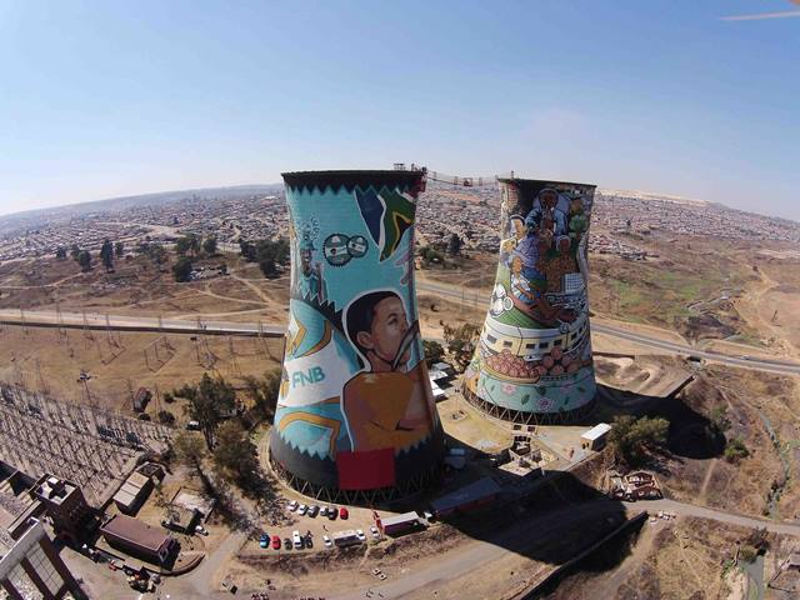The Best Guide To Johannesburg North Attractions
Table of ContentsNot known Factual Statements About Johannesburg North Attractions The Main Principles Of Johannesburg North Attractions More About Johannesburg North AttractionsSome Ideas on Johannesburg North Attractions You Should KnowThe Johannesburg North Attractions StatementsSome Of Johannesburg North Attractions
The city grew on the side of the Witwatersrand Key Coral reef, a below ground stratum of gold-bearing quartz-silica corporation that arcs for hundreds of miles underneath the Highveld - Johannesburg North attractions. Most of the gold mines in the city ceased operation in the 1970s, however in its day the Witwatersrand gold industry accounted for even more than 40 percent of the world's annual gold production.Johannesburg has a temperate climate. The city enjoys concerning 8 hours of sunlight per day in both winter season and summer season.
What rainfall the city receives falls almost exclusively in the summer season, usually in amazing late-afternoon electrical storms. Air pollution presents a considerable trouble, specifically in the cold weather, when thermal inversions restrain the westward circulation of air from the Indian Ocean. Air pollution is most severe in the densely resolved Black towns on the city's periphery, where lots of homeowners still rely on coal for fuel.

Not known Factual Statements About Johannesburg North Attractions
The balance of the city is occupied by whites. Lodging varies in personality and high quality. Soweto is well-known for its endless rows of municipally built, two-room matchbox homes, yet it additionally has a few prosperous territories along with brimming squatter camps, where tens of thousands live without water, electrical energy, or cleanliness centers.
Physical development, although somewhat limited by transportation, continued promptly as immigration to South Africa, and Johannesburg particularly, raised dramatically. This issue was fixed in the 1930s when the automobile was introduced in automation to South Africa. Cars were, essentially, constrained to the well-off, and permitted them to transfer to the north of the city and commute into the centre.
Many poor residential areas were combined, with bad blacks and whites living together, although the well-off suburbs were usually booked for whites.
The number of people living in the inner city on an informal basis is unknown, as many are Going Here unlawful immigrants. The joblessness, education, and age profiles of the area are all unidentified, due to the problem of acquiring reliable info concerning the location.
More About Johannesburg North Attractions
Yeoville and Bellevue have a mix of apartment and single residential systems on tiny whole lots. The region lies on a hilly divide that runs from east to west. The most obvious geographic attribute is Observatory Ridge, which is named for the big observatory situated on it. The entertainment rooms are no more used, as a result of protection problems.

The Best Strategy To Use For Johannesburg North Attractions
R. Tambo International Airport Terminal). The eastern residential areas are a few of the oldest locations of Johannesburg, there are large neighborhoods of Jewish and various other European histories, the majority of the populace is English talking. There are three golf training courses as well as a number of protected get redirected here ridges with viewsites. There are a number of well-developed and up-market amusement and shopping locations in the eastern such as the Eastgate Shopping Center and the Greenstone shopping center.
The area is mostly made up of old "matchbox" homes, or four-room houses developed by the federal government, that were constructed to offer low-cost accommodation for black employees during apartheid. Soweto is an acronym, representing "South Western Townships". Road after road in this field is lined with matchboxes; nevertheless, there are a few smaller locations where thriving Sowetans have developed residences that are more comparable in stature with those in even more upscale suburban areas.
Hostels are one more famous physical attribute of Soweto. Initially built to house male migrant employees, numerous have been enhanced as dwellings for couples and families. The N1 Western Bypass skirts the eastern boundary of Soweto. The residential area was not traditionally allowed to produce work centres within the area, so nearly all of its homeowners are commuters to other components of the city.
The 25-Second Trick For Johannesburg North Attractions
The N1 Western Bypass links the north suburban areas with the north-western suburbs. The suburbs in the north suburban areas are mostly formal, with no substantial areas of informal real estate, or real estate that lacks a long-term structure. This is a well-known area, there is a fad of land use change from domestic to industrial, particularly along major arterial roadways and more info here around established nodes.
The area is well attached to roadway networks, especially along the north-south axis formed by the M1 and N1. Roadways to the eastern and west are much less well established, as there are no freeways taking a trip in that instructions. Towards the northern border of the city, the thickness of growth decreases, leaving huge locations of undeveloped land around Midrand.
Rumored Buzz on Johannesburg North Attractions
, which is situated on a hill overlooking the internal city and Hillbrow.
Comments on “7 Easy Facts About Johannesburg North Attractions Described”